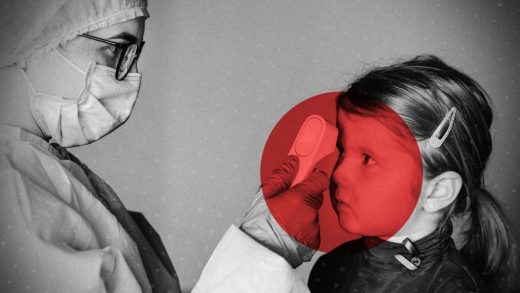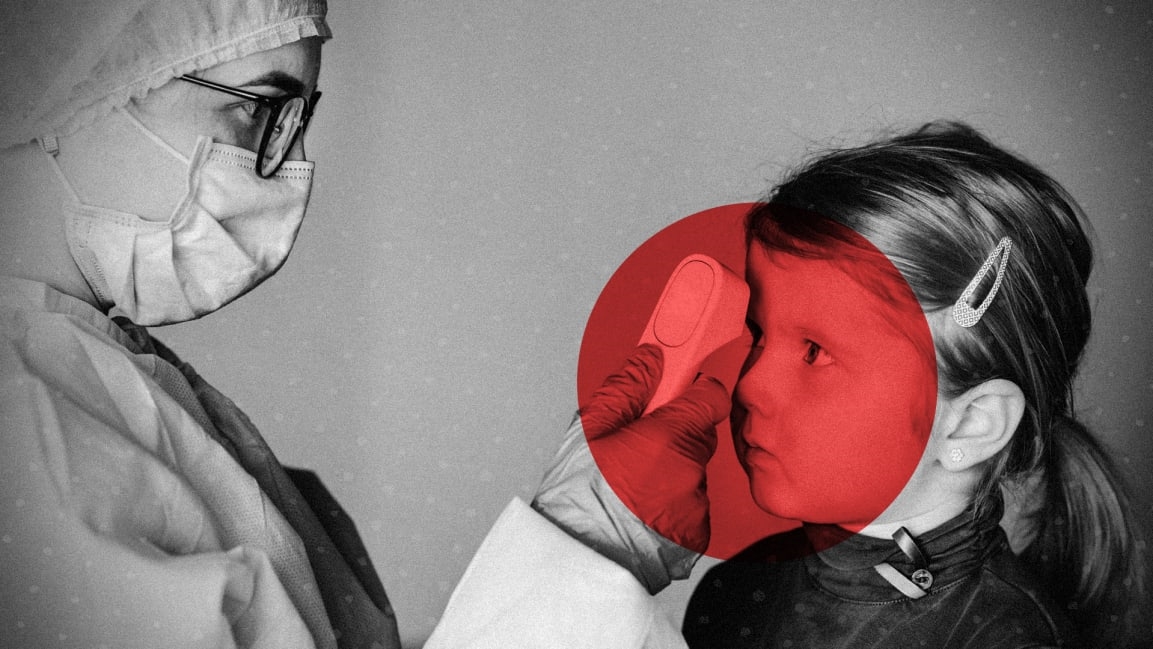Yeah, that forehead temperature scan doesn’t prevent COVID
Those mandatory temperature screenings at airports, offices, and medical facilities are not actually preventing COVID-19 spread, says a pair of researchers in an Open Forum Infectious Diseases op-ed.
Forehead temperature scans have so far identified a comically low number of cases. The authors from Johns Hopkins School of Medicine and the University of Maryland School of Medicine quote a November CDC report showing that of 766,000 travelers screened with forehead thermometers from mid-January to mid-September, only one person per 85,000—or about 0.001%—later tested positive for SARS-CoV-2.
Body temperature may not be the best way to identify COVID-19 patients, they say, and even if it was, temperature scanning has two severe flaws.
First, the noncontact infrared thermometers used for forehead readings are not necessarily accurate or reproducible and are easily influenced by “numerous human, environmental and equipment variables,” says co-author William Wright, an assistant professor of infectious diseases at Johns Hopkins. “The only way to reliably take the core temperature requires catherization of the pulmonary artery, which is neither safe nor practical as a screening test.”
Second, forehead temperature simply doesn’t always reflect core body temperature.
“During the period when a fever is rising, a rise in core temperature occurs that causes blood vessels near the skin’s surface to constrict and reduce the amount of heat they release,” Wright explains. “And during a fever drop, the opposite happens. So, basing a fever detection on [noncontact infrared thermometer] measurements that measure heat radiating from the forehead may be totally off the mark.”
If temperature scans continue, the authors suggest lowering the 100.4 degrees Fahrenheit baseline the CDC recommends and pairing wearable thermometers with smartphones to more accurately identify fever spikes.
They also recommend better targeted surveillance. In some scenarios, such as office buildings, methods like monitoring sewage sludge for SARS-CoV-2 might be far more effective at swiftly identifying outbreaks.
(20)



